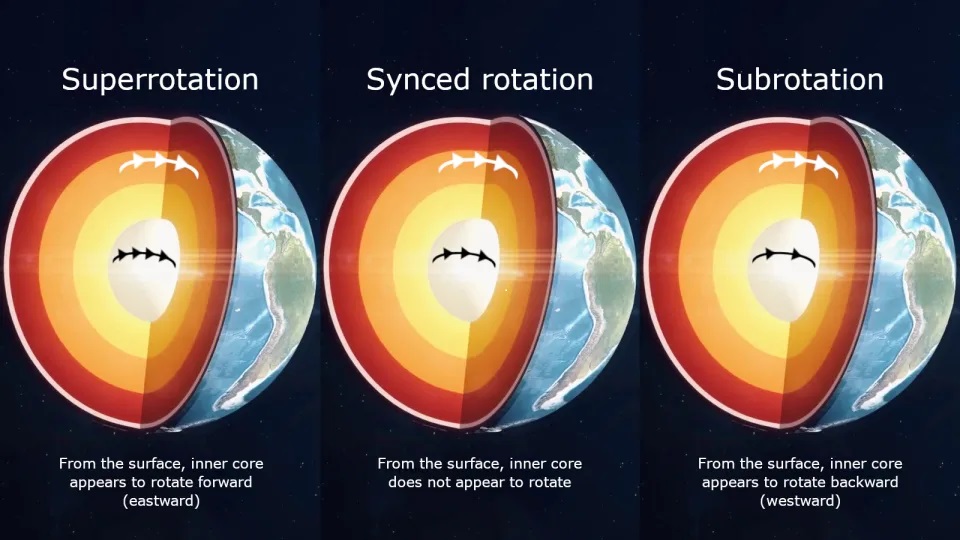The Bombay High Court Friday quashed the write-off of Additional Tier-1 (AT1) bonds issued by Yes Bank Ltd.
References
Kelp forests are declining because of climate change, showed a new study.
Ecklonia radiate is a dominant and most widely distributed Laminarian kelp in the southern hemisphere which rapidly succumb to warmer temperatures (more than 27 °C).
References
India is lagging behind in the targets to increase the number and quality of tree- and forest-cover plantations set in the Green India Mission.
|
States |
Committed |
Achieved |
|
Andhra Pradesh |
86 ha |
75 ha |
|
Uttarakhand |
6,446 ha |
1,505 ha |
|
Madhya Pradesh |
5,858 ha |
1,882 ha |
|
Kerala |
1,686 ha |
616 ha |
|
National Action Plan on Climate Change
|
References
A new research suggested that the Earth's inner core has stopped spinning faster than the planet's surface and might now be rotating slower than it.

|
Time Period |
Relative to Earth |
Name |
|
1970s |
Started rotating slightly faster |
Super rotation |
|
2009 |
Slowed down to rotate in sync |
|
|
Since 2009 |
Started rotating slower |
Sub rotation |
|
Mid-2040s |
predicted to have next change |
|
References
A new study found that parts of China and India are night-time hotspots for the production of nitrate radicals, which makes air pollution worse.
References